Falaises Jusangjeolli (무등산 주상절리대)
15.3Km 2020-01-31
Yongyeong-dong, Dong-gu, Gwangju
+82-62-227-1187
Les falaises de Jusangjeolli sur le mont Mudeungsan sont des piliers rocheurs de formes hexagonales variées, dont on jurerait qu’elles ont été sculptées. Elles sont composées des rochers Seoseokdae, Ipseokdae et Gyubong. Les rochers Ipseokdae et Gyubong ont une forme de pilier très marquée car ils ont été massivement exposés aux éléments, tandis que celui de Seoseokdae, qui a été moins exposé, ressemble à un paravent. Le Neodolgeong (ensemble de rochers), situé sur les pentes de la montagne, a été formé lorsque les piliers de pierre se sont effondrés. Les rochers dressés et le Neodolgeong ont été désignés monuments naturels en raison de leur caractère rare et unique.
Pavillon Geumseonggwan à Naju (나주 금성관)
15.3Km 2023-03-24
8, Geumseonggwan-gil, Naju-si, Jeollanam-do
+82-61-339-8611
Le pavillon Naju Geumseonggwan servait de guesthouse pour les diplomates et politiques durant la dynastie Joseon. Le bâtiment a été construit entre 1475 et 1479. La structure a été reconstruite sous l'occupation japonaise avant d'être restorée dans son état initial en 1977.
나주목사내아
15.5Km 2021-02-24
Jeollanam-do Naju-si Geumseonggwan-gil 13-10
+82-61-332-6565
나주목사내아는 조선시대 나주목사의 관저로서 상류주택의 안채와 같은 평면 구조로 이루어져 있으며 안채는 순조 25년(1825년) 건립된 것으로 건물 구조는 전통 양식인 한옥 ㄷ자형이다. 나주목사내아는 현재 전남 문화재자료 제 132호로 지정되어 있다. 나주는 조선시대 관아건물이 많이 남아있어 문화유적 답사지로서 적합하다.
* 규모 - 내아 1동, 행랑채 1동
Sane Flower [Korea Quality] / (주)산에는 꽃이피네 [한국관광 품질인증]
15.5Km 2020-09-03
20-1, Dongnyeok-gil, Dado-myeon, Naju-si, Jeollanam-do
+82-10-4612-4232
‘Flowers Blossoms in the Mountains’ is a hanok-style accommodation located between the House of Hong Gi-chang, a local cultural heritage, and Gyeeun Historic House (or the House of Hong Gi-eung; National Folklore Cultural Heritage No. 151) in Dorae Hanok Village. Built in 1917, the house was built with carefully selected high-quality wooden materials without using nails. It was renovated for use as tourist accommodation in 2011, opened as a hanok style of accommodation in 2013, and renovated again in 2014. On this occasion, the old doors were replaced and made into the tables that stand in the grassy courtyard.
The house has a total of 4 rooms. Each room can accommodate up to 2 to 4 people. Each room is equipped with a kitchen, bathroom, air-conditioner, TV, toiletries, plates, and so on.
This well-insulated hanok house is decorated with hanji (traditional Korean paper handmade from mulberry tree) and various antique items. Tables are available for guests in the courtyard, of which a stylish stone-paved corner stands out in particular.
There is a walkway established by Naju City in front of the house, and a vegetable garden near the house. Guests can see gourds and sponge gourds in the yard and acorn trees on the hill behind the house. In addition, the Metasequoia Street that runs through the grounds of the Naju Forest Resource Institute is just one minute’s drive from the house.
Moreover, as the village contains many houses that are classed as cultural heritages, the owner guides guests around them at weekends. Surrounding tourist attractions include Bulhoesa Temple and Najuhyanggyo Confucian School.
Doraemi House / 도래미하우스
15.6Km 2025-08-12
18-26, Dongnyeok-gil, Dado-myeon, Naju-si, Jeollanam-do
+82-10-8616-6725
Doraemi House is a hanok stay type of tourist accommodation located in the village of Dorae, Naju City, Jeollanam-do Province. The house was named Doraemi, meaning “the beauty (mi) of Dorae”, in the hope of conveying the beauty of the village. The accommodation consists of three hanok structures - the Bonchae, Sarangchae, and Byeolchae. The Bonchae consists of two bedrooms with a garret; the Sarangchae has 2 bedrooms flanked by a living room; and the Byeolchae, located on a hill, is a cozy single room, with a wooden swing placed in front of the building. Doraemi House is decorated with cozy, natural items that create a relaxing atmosphere. A pleasant forest trail passes by the house and leads to Gyeeunjeong Pavilion, one of the village’s three pavilions, and a small pond. The owner of the house has established a small reading space filled with picture books next to the Bonchae building, where guests can enjoy reading amid a tranquil atmosphere.
3917 Majung / 3917 마중
15.7Km 2025-08-13
42-16, Hyanggyo-gil, Naju-si, Jeollanam-do
Located in Gyo-dong, Naju-si, Jeollanam-do, 3917 Majung is a cultural space combining a hanok (traditional Korean house) cafe, modern cultural experiences, and hanok guesthouse. The name “3917 Majung” refers to its goal of “welcoming (majung) the modern culture of Naju in 1939 anew in the year 2017.” Spread out on a wide land area of 13,223 m2 are four buildings of Nanpajeong, Sarangchae, Mokseowon, and Siseoheon. All buildings take after the unique combination of Japanese- and Western-style housing commonly seen in the late Korean Empire period.
Nanpajeong is a pavilion constructed during mid-Joseon period, named after its most famous guest Jeong Seok-jin (pen-name: Nanpa), a scholar who led an uprising against Japanese imperialism in late Joseon period. There are two ondol (under-the-floor heating system) rooms in total, separated by a central wooden-floor hall (daecheong), one supporting 3 to 4 guests, one ideal for 2 to 3 guests. The restroom, which is also fitted with a shower booth, is located outside the building.
Eunhaengmok Room 1 and 2, which are housed in the Sarangchae building, are tatami rooms with balcony. Sarangchae’s shower and restroom is located in the building. Mokseowon is likewise made up of three tatami rooms, separated by open floor space and an attic. The shower and restroom is located outside the building. Siseoheon houses a 4-person room and the largest room in the complex, capable of supporting more than 10 guests. There are 2 restrooms and 2 restrooms with shower facilities, making the building ideal for group events.
Mt. Mudeungsan (Hwasun) (무등산 - 화순)
16.1Km 2017-10-24
Iseo-myeon, Hwasun-eup, Hwasun-gun, Jeollanam-do
82-61-379-3503
Le Mt. Mudeungsan couvre une superficie d'environ 30 mètres carrés au-dessus de la ville métropolitaine de Gwangju, Hwasun-gun et le fusil-Damyang proximité. Le nom signifie «une haute montagne» ou, plus mystérieusement, «une montagne au-delà de la classification».
Le Mt. Mudeungsan (무등산) n'est pas trop raide et beaucoup de gens viennent pour une randonnée sur le week-end ou les jours fériés. Faits saillants sur la façon figurent Seoseokdae, Ipseokdae, Seinbong et Gyubong Rocks, Wonhyo et Vallées Yongchu - ainsi que Jigong Neodeol (amas de roches) - et le Neodeol Deoksan. Pour jouir d'une vue magnifique, essayez d'aller jusqu'à Jungmeorijae, Jangbuljae ou Donghwasa Temple du site, ou le Pic Jangwonbong. Les visiteurs venant du côté de la montagne Hwasun pouvez voir le pittoresque lac de Dongbokho Ipseokdae et Gyubong Rock, Jingong Neodeol, Jangbul, Ridge et le temple Baekma Gyubongam.
Eco-parc du lac de Gwangjuho (광주호 호수생태원)
16.1Km 2023-11-15
7, Chunghyosaem-gil, Buk-gu, Gwangju
+82-62-613-7891
L’éco-parc situé au bord de la rivière à Gwangju est large de 185 124 m². Il est divisé en sections à thème et possède un centre d’observation naturelle, un centre d’éco-expériences et bien plus encore. Dans la section des fleurs, les visiteurs peuvent admirer plus de 170 000 sortes de fleurs sauvages, parmi lesquelles des azalées, des forsythias, des épilobes en épi, des roses, des azalées royales et des hortensias. Les visiteurs peuvent également profiter de la vue spectaculaire de plus de 3 000 éspèces d’arbres, incluant des soldanelles, des cognassiers, des arbres parasols chinois wutong, des érables palmés et des metasequoias.
Hwaseong Sigyuksikdang (화성식육식당)
16.2Km 2021-03-20
162, Chilchung-ro, Hwasun-gun, Jeollanam-do
+82-61-374-2806
A restaurant where you can eat fresh raw meat. This restaurant's signature menu is grilled beef. This Korean dishes restaurant is located in Hwasun-gun, Jeollanam-do.
Pavillon de Sigyeongjeong (식영정)
16.3Km 2024-12-18
Jigok-ri, Damyang-gun, Jeollanam-do
+82-61-380-2811
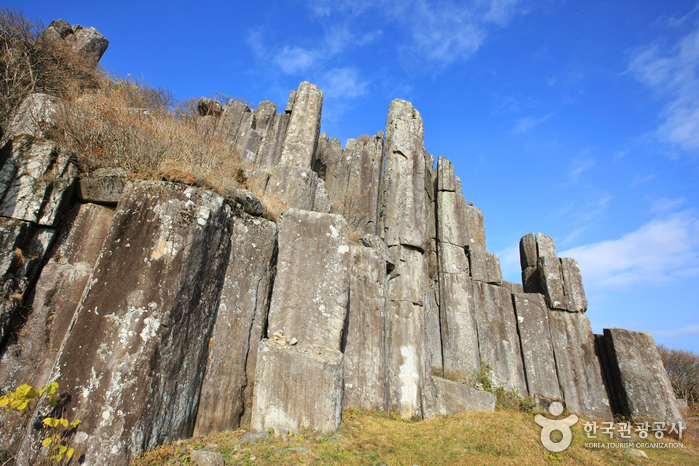
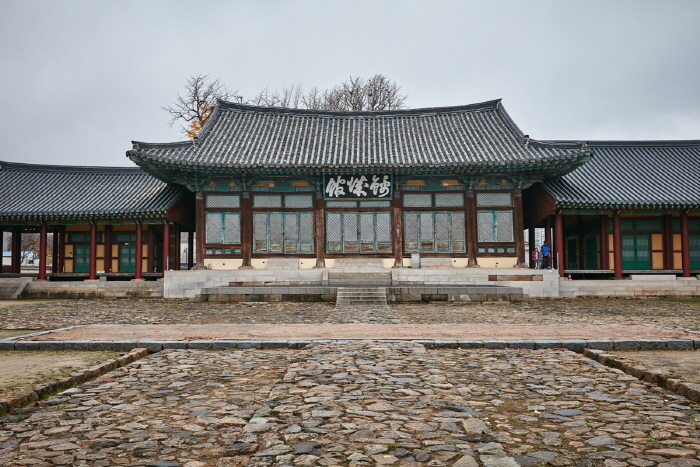
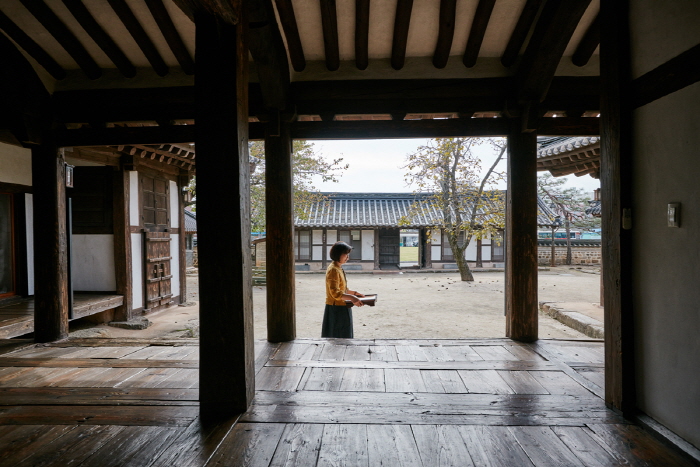
![Sane Flower [Korea Quality] / (주)산에는 꽃이피네 [한국관광 품질인증]](http://tong.visitkorea.or.kr/cms/resource/98/2574998_image2_1.jpg)
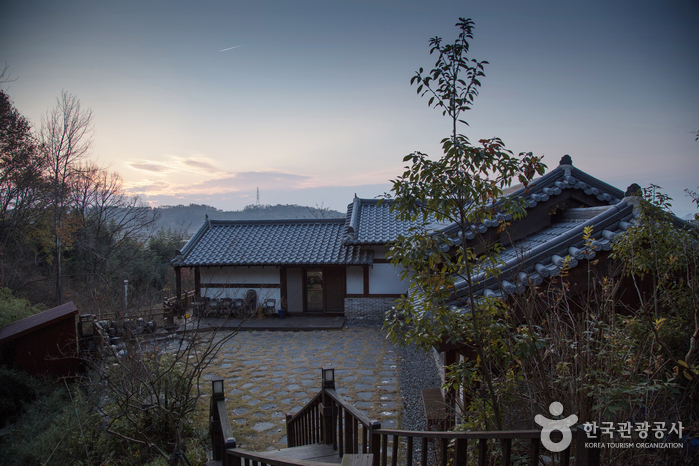
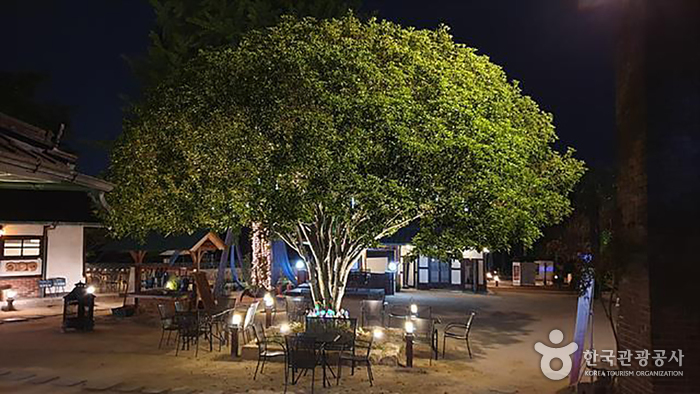

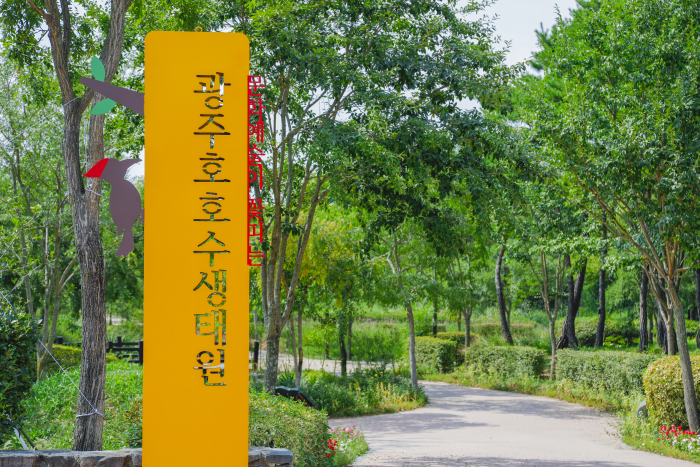
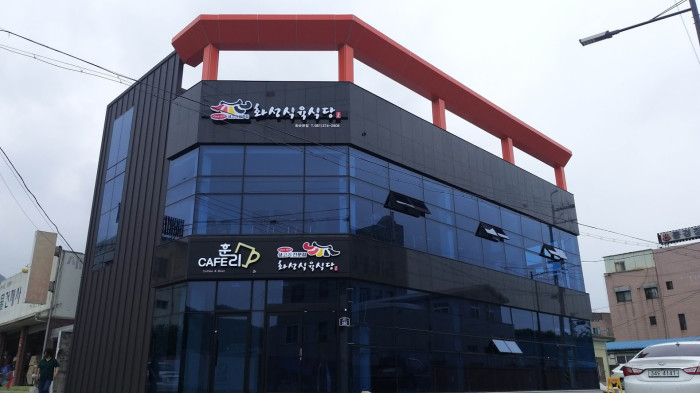
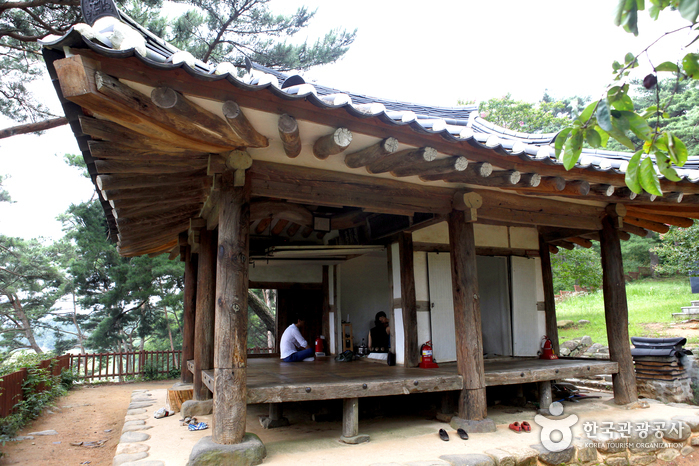
 Français
Français
 한국어
한국어 English
English 日本語
日本語 中文(简体)
中文(简体) Deutsch
Deutsch Español
Español Русский
Русский